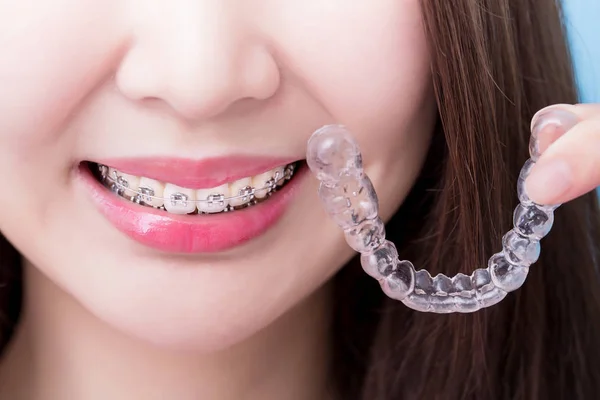Last Updated on March 11, 2024 by admin
We refer to a procedure as jaw surgery if it is performed to repair either the upper or lower jaw. This procedure is done to create synchronization when the upper and lower jaws don’t line up, and there is a problem with their symmetry.
The possibility of complications with biting would arise if the jaws weren’t aligned. Surgery on the jaws can help with this problem.
This jaw surgery is not a standalone procedure. In reality, it is a process that begins with orthodontics, is followed by jaw surgery, many months of rehabilitation, and then more orthodontics. Performing this surgery takes two to three years.
How Does Jaw Issues Progress Over Time?
Speaking of jaw troubles, these either manifest at birth or are brought on later in life by injuries from either direct or indirect hitting the individual. Other natural conditions might also impact the jaws or bones.
Top-notch orthodontic surgery in Centennial is all that is required to resolve those problems, so all of your challenges can be put to rest. Delaying medical procedures is never a good habit, so you must totally follow all medical guidelines for optimal oral hygiene.
Crossbite, underbite, open bite, cleft lip and palate, and Pierre Robin Sequence are a few instances of typical jaw issues.
The Three Types of Jaw Surgeries
The Maxilla, top jaw, and the Mandible, lower jaw, make up your jaws. These jaws can occasionally be completely out of line. They must be realigned or put back in place to function properly during biting.
Corrective jaw surgery from the renowned Orthodontics Centennial can assist you in gradually straightening or aligning your jaws. This orthognathic surgery resolves the alignment and biting problems with the highest precision and accuracy.
The kind of surgery required depends on which area of your jaw needs to be fixed.
Jaw operations come in three different types.
1. Maxillary Osteotomy – Upper Jaw
This kind of surgery fixes a crossbite, a substantially receding upper jaw, and when too many or too few teeth are visible. It can also correct an open bite.
2. Mandibular Osteotomy – Lower Jaw
This procedure fixes a lower jaw that has been severely retracted. The surgeon may move the jawbone forward or backward depending on the optimal correction and bite alignment.
3. Genioplasty – Chin
A drastically receding lower jaw frequently goes hand in hand with a weak chin. Usually, during the same operation, your doctors may change the jaw along with remodeling the chin.
Once the jaw is in place, the small screws and plates assist the bone to remain in place. With the help of a unique formulation, the screws and plates are osseointegrated and made compatible with the body. Over time, these settings are incorporated into your bones. In addition, if the jawbone is lacking in any way, an additional bone can be implanted.
The graft can come from the rib, hip, or leg. Over time, this approach results in a properly aligned jaw structure. It restores the jaw to its proper alignment and is one of the most efficient techniques to deal with the troubles caused by orthodontic complications.
How is the Surgical Procedure Performed?
These procedures frequently take place inside the mouth, leaving no visible signs of the treatment on the skin’s surface. Additionally, it qualifies the patient for the installation and subsequent consideration of clear braces in Centennial.
As a patient, you can be assured that there won’t be any kind of facial scars on the chin, jaw, or bone after this treatment. After wearing braces, significant jaw surgery is performed so that the teeth are perfectly straight or prepared for the jaw to be relocated. Before jaw surgery, braces can be worn for nine to eighteen months. You must wear detachable retainers after your braces are taken off to maintain your teeth’ alignment.
What are the Possible Advantages of the Procedure?
The issues brought on by the misalignment of the upper and lower jaws can be significantly resolved with jaw surgery. It is a possibility that orthodontic procedures somehow fail to demonstrate their importance or effect on the irregularities.
With this type of operation, the patients’ biting action is perfectly in place, and it aids in the finest possible rehabilitation of the jawbone. Every patient recovers differently, but most individuals are able to return to their previous state of normalcy in the shortest amount of time. Therefore, in this case, the method is very beneficial for achieving effective healing.
Schedule a Visit Today
Whether the problem seems to be small or a major one, it is never ideal to postpone and delay medical operations. All you need to do is schedule a dental appointment so that you can determine which procedure is best for you. So, make an appointment today for implementation and healing at the earliest.

